Lawn Disease Identification Chart
Do you see brown patches in your grass, but you don’t know why? We’ll help you identify which lawn fungus type(s) could be causing the problem.
See our lawn disease identification chart below to determine the grass diseases that are preventing you from enjoying a lush, healthy lawn. Below our chart, we’ve included in-depth explanations and images for each type of lawn disease to help you learn how to identify the lawn disease that is affecting your grass.
Need more help? That’s where we come in. Grass Master’s expert lawn care service and advice can return your Ohio grass to its former glory. Contact us today to learn more about lawn disease care with Grass Master.
Types of Lawn Diseases
Summer Patch
Appearing in irregular or circular shapes of yellowish colors, summer patch is found in lawns that have areas of hot, compacted soil, poor drainage, or are mowed too low. It’s a summer lawn fungus that affects all parts of the plant. Learn more about summer patch and how this lawn disease can prohibit lawn growth.
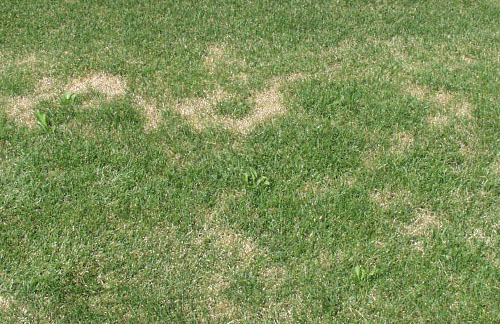
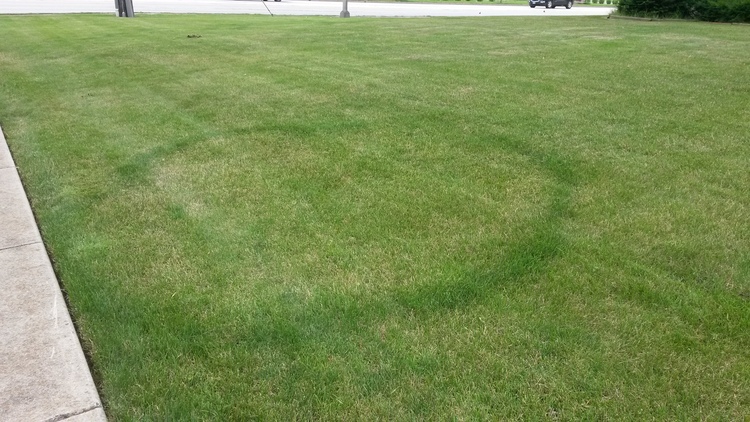
Fairy Ring
With a distinct ring shape of a dark green or brown color, Fairy Ring can affect all species of turfgrass. The effects of this lawn disease vary depending on how well the grass is mowed, watered, and taken care of. Learn more about Fairy Rings and how this lawn fungus can prevent your lawn from getting the nutrients it needs.
Powdery Mildew
Powdery mildew is a fungus that can be identified by the fine white filaments, called mycelium, that appear on blades of grass. Turf infected with powdery mildew can start out yellow and end up brown, eventually thinning or dying. Learn more about powdery mildew and how it can show up in your lawn.

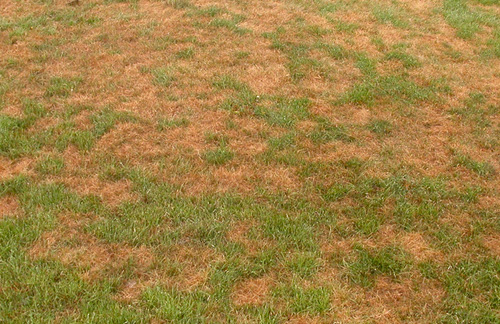
Pythium Blight
Pythium blight can create dark, greasy-looking spots in your lawn. This fungal lawn disease can also cause white fluff to appear in infected areas. Learn more about Pythium blight and how it can damage your beautiful turf as heat persists.
Brown Patch
Bringing brown, dead spots to your healthy lawn, this fungal lawn disease is causing your grass leaves to thin and wilt. Learn more about brown patch lawn disease and how it can ruin your turfgrass in humid temperatures.
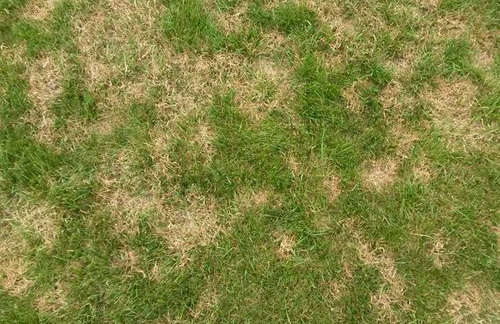
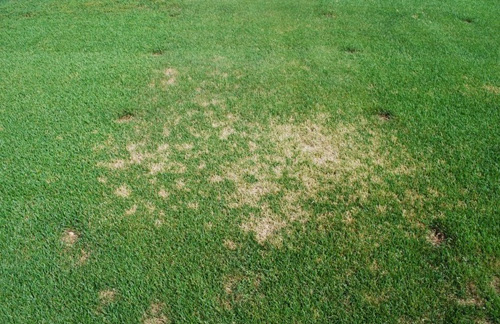
Dollar Spot
Are you seeing small, circular spots in your lawn? Don’t let the size of these patches make you underestimate the effects of this disease on your lawn. Learn about dollar spot and how its lesions can destroy your turfgrass down to the root.
Gray Snow Mold
If you’re seeing gray grass, it could be Snow Mold. Appearing only after the snow has melted, this grass mold can create white, spotty areas in your lawn before spring settles in. Learn more about Gray Snow Mold and how it can stick around after long periods of snow coverage.
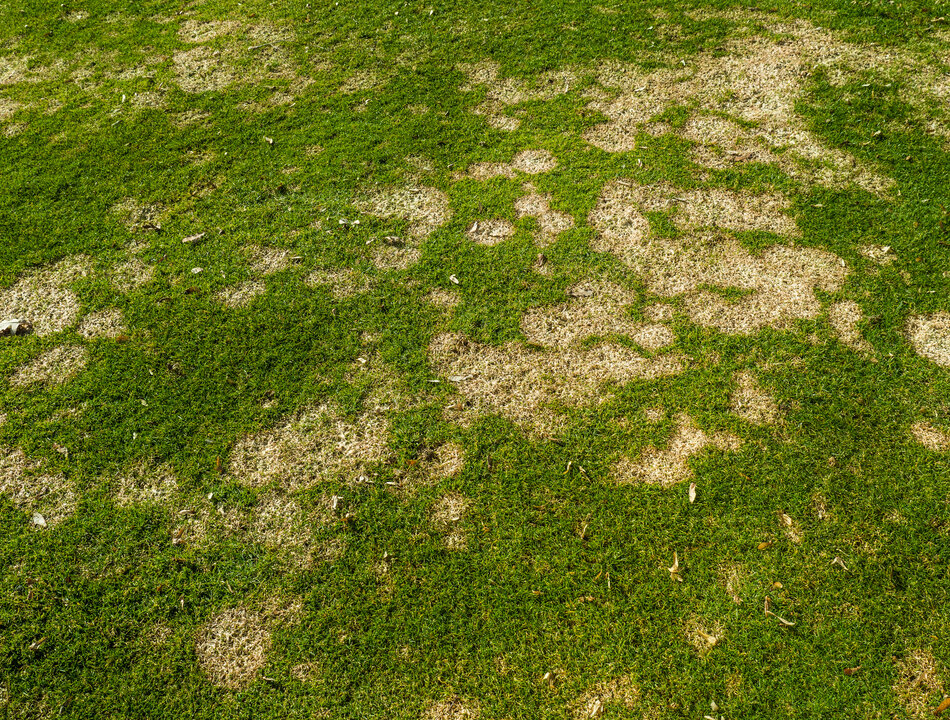
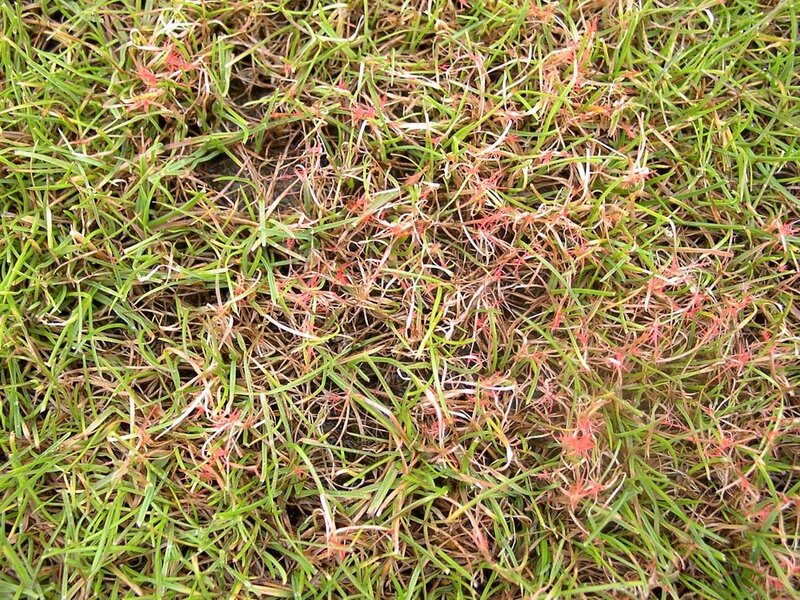
Red Thread
Quickly spreading throughout your turfgrass, this fungus may not kill your lawn, but it can assist other diseases and insects in infecting it. Learn more about Red Thread and how it’s unsightly appearance can cause more damage than you think.
Rust Diseases
Causing yellow flecks to appear on leaf blades, this disease can thin grass and make it more prone to other problems and diseases. Learn more about how to identify rust diseases and save your lawn from more damage.
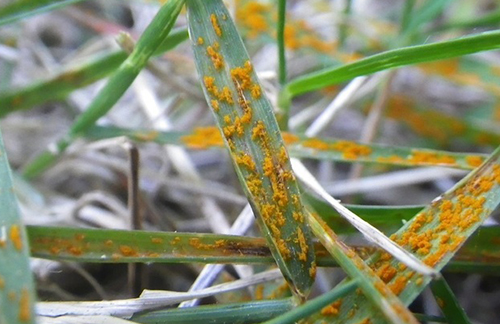
Get Help from the Grass Fungus Experts
Does your lawn have one of these diseases? Contact the experts at Grass Master for lawn treatment services that will help give you healthy grass in no time.
